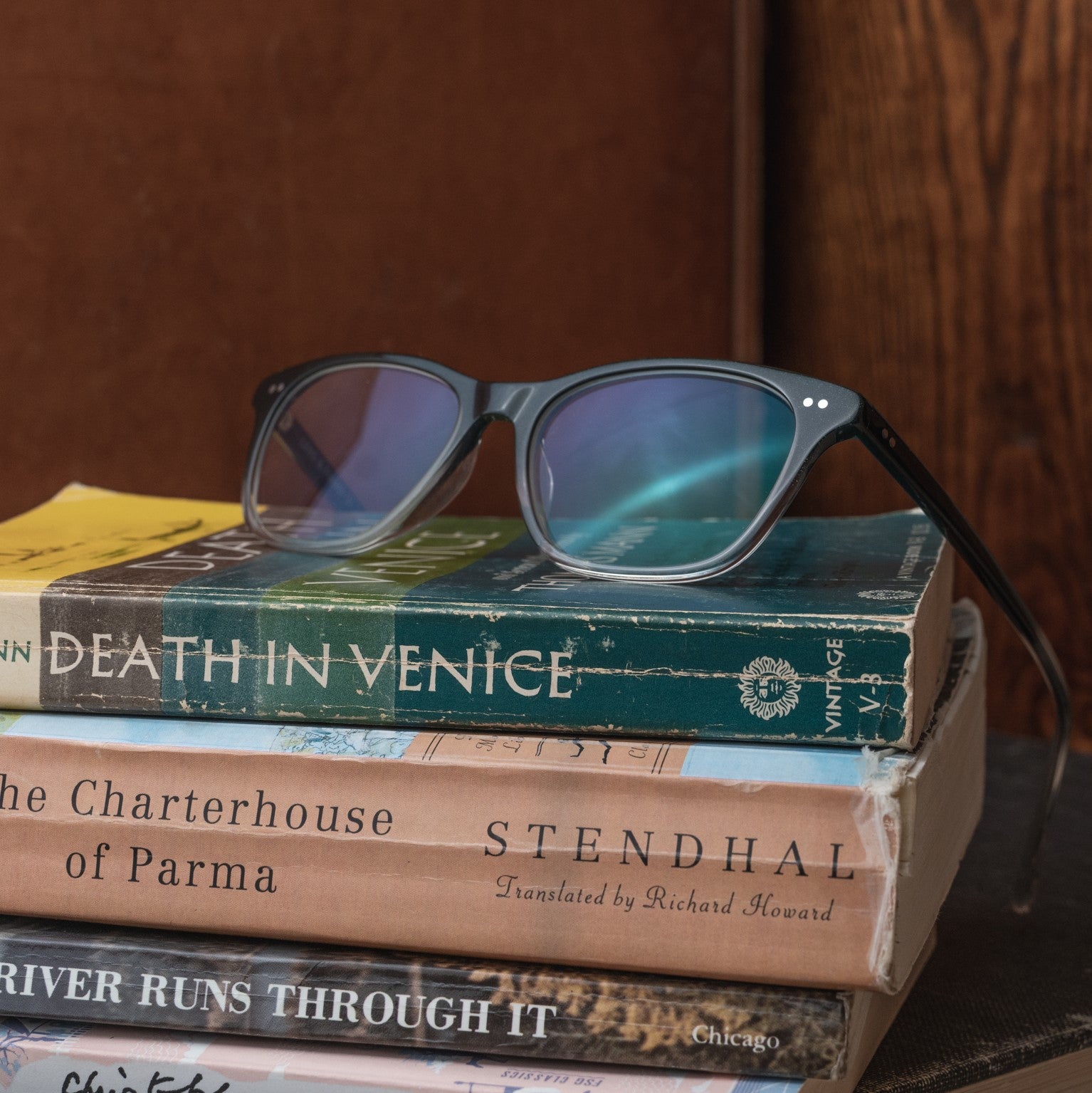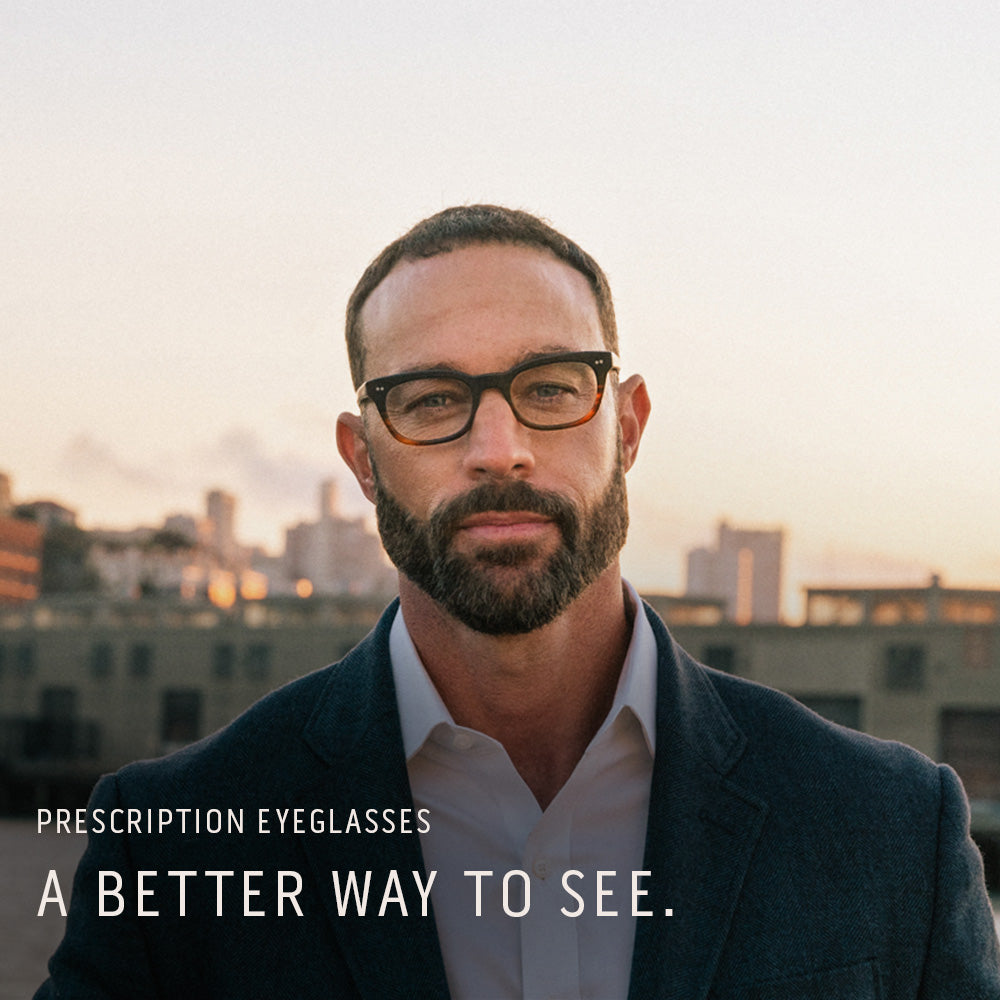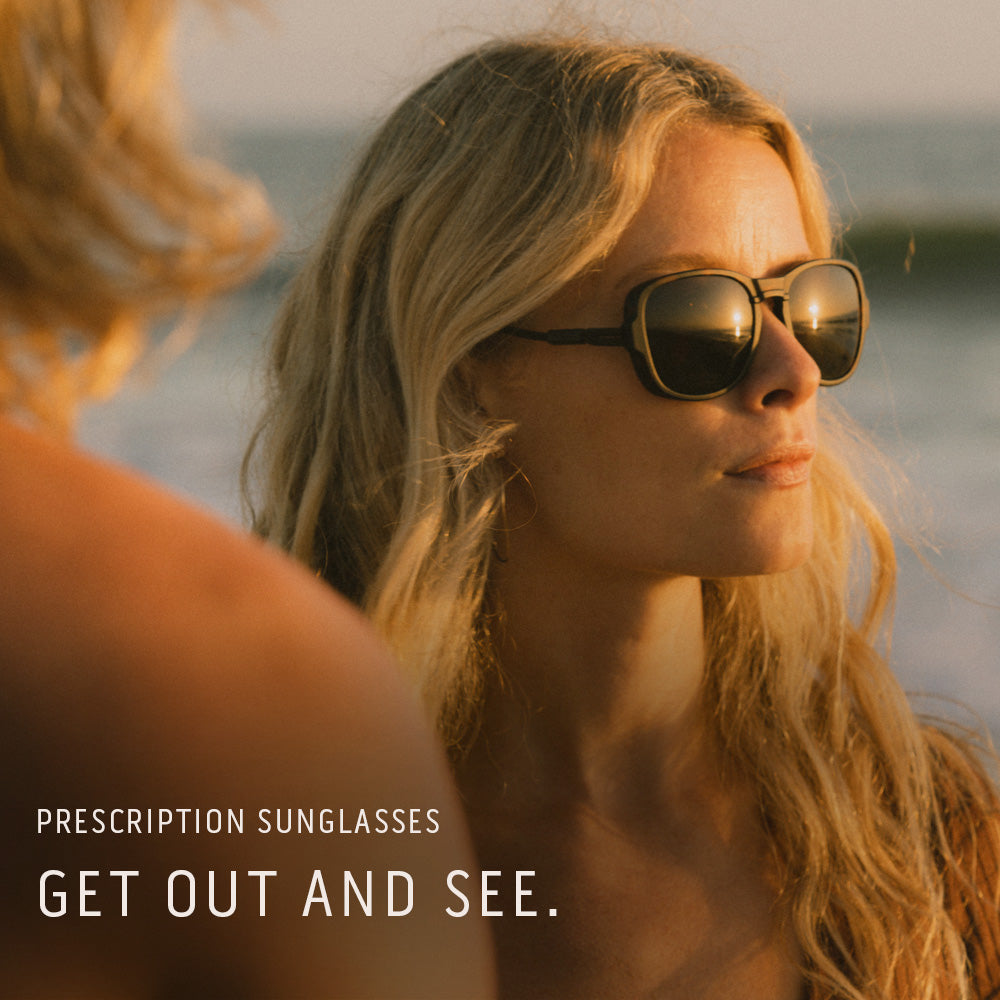Menu
- EV READERS™
Reading Glasses, Reimagined
Mobile Menu
SHOP EV READERS BY BRAND
SHOP EYEGLASSES BY BRAND
SHOP SUNGLASSES BY BRAND
SHOP READING GLASSES BY BRAND

Reading
EXTENDED VISION™ READING GLASSES
Introducing EV Readers: Reading glasses tailor-made to your measurements and designed for the way you need to see.
SINGLE VISION READING GLASSES
Handmade frames in styles by Raen, STATE Optical and L&F paired with custom-made single vision reading lenses.
EXTENDED VISION™ READING GLASSES
Introducing EV Readers: Reading glasses tailor-made to your measurements and designed for the way you need to see.

SINGLE VISION READING GLASSES
Handmade frames in styles by Raen, STATE Optical and L&F paired with custom-made single vision reading lenses.

Prescription
LENSES
Now you can get custom-made lenses with premium coatings mounted into your own favorite frames. Enjoy a better reading glass experience with our collection of Extended Vision™ Reading Lenses. Or give your favorite prescription glasses a second life with our premium Rx Replacement Lenses.
Now you can get custom-made lenses with premium coatings mounted into your own favorite frames. Enjoy a better reading glass experience with our collection of Extended Vision™ Reading Lenses. Or give your favorite prescription glasses a second life with our premium Rx Replacement Lenses.

SHOP REPLACEMENT LENSES

SHOP OMBRAZ LENSES

SHOP EXTENDED VISION™ READING LENSES

What are photochromic glasses?
You’ve seen them. Clear lenses that darken when the wearer goes outdoors. It’s the same frames they walked out with, same lenses, yet gradually, almost magically, once they're outside in the sunlight, the eyeglasses they walked out with are now sunglasses. Yet these glasses aren’t magic, they’re glasses with photochromic lenses. Since "photochromic' is a bit of a mouthful, we refer to photochromic lenses as "Indoor / Outdoor Lenses." In this article, we’ll explore the history and technology behind indoor / outdoor lenses to answer your questions before you buy.
What are photochromic lenses?
Photochromic lenses are eyeglass lenses that darken when exposed to UV light. They present a very wearable option for people who don’t want to have to switch between sunglasses and untinted prescription lenses.The name “photochromic” comes from two Greek words, “photos” meaning light, and “chroma” meaning color. In other words, the name literally means color changing in response to light, which is what happens with these special lenses.
Photochromic technology has been around since the early 1960’s and was inspired by the same method used to develop photographic film. Camera film is embedded into glasses with tiny silver crystals that turn opaque and darken when exposed to light.
Similarly, the first photochromic lenses were made of glass embedded with microscopic silver crystals that reacted to light by turning opaque and darkening. This reaction to light caused the lenses to darken. The reaction is reversible. So, when the lens moves out of the natural light the silver crystals change structure again and become less opaque which results in the lens turning transparent and clear.
How do photochromic lenses work?
Today’s photochromic glasses, including popular brand Transitions, typically use an extremely thin coating of organic, carbon-based molecules called naphthopyrans to achieve the same result as silver crystals but faster.
 |
 |
Today’s photochromic lenses are activated by exposure to UV light, typically in the form of sunlight, which provides perfect conditions to tint the lenses making them more like sunglasses. The change cannot occur in artificial light, and most modern windows are treated to block harmful UV rays, making the photochromic process perfect for indoor and outdoor use.
Do photochromic lenses block blue light from your screens too?
Yes, an anti-blue light filter built into the photochromic lens itself makes these lenses optimal for protection from blue light while you are working on your computer or other screens.
Lens & Frame Co. uses the latest generation of polarized photochromic lenses that change more quickly than other brands. When darkened, our indoor / outdoor lenses become polarized to block irritating glare, enhance color saturation, and deliver a very comfortable view in bright and glary environments.
Hybrid photochromic lenses provide an all-in-one solution for the routine eyeglass wearer. Any of our Rx eyeglasses or Extended Vision™ Reading Glasses, in frames by L&F, Raen, STATE Optical, or Ombraz, can be made with Indoor / Outdoor lenses. Find your perfect pair today.
Also in Eyewear Explainers

How to Choose the Right Extended Vision Reader
If you’ve ever wondered why your reading glasses work great for your phone but fall apart when you look at your computer screen—or why your progressives feel awkward at your desk—you’re not alone. As our days bounce between screens, documents, and the spaces around us, one pair of “reading glasses” isn’t always enough.

A Different Way To Reader
Disappointed with cheap reading glasses that can't focus clearly between your phone and your computer screen? Expect more from your reading glasses when you step up to Extended Vision readers by Lens & Frame Co. with lenses that are custom-made to your measurements using the same lens designs and multi-layer anti-reflection coatings as top-shelf Rx Computer Progressives.

What are progressive glasses, who needs them and how do they help people see more clearly
Save 15% today
Join the L&F Insider mailing list and get 15% off your order.*
* Valid for orders over $100
Let the savings begin!
LANDF-XXXXXX
Use CodeClick the button above to automatically apply your discount code to your order.







